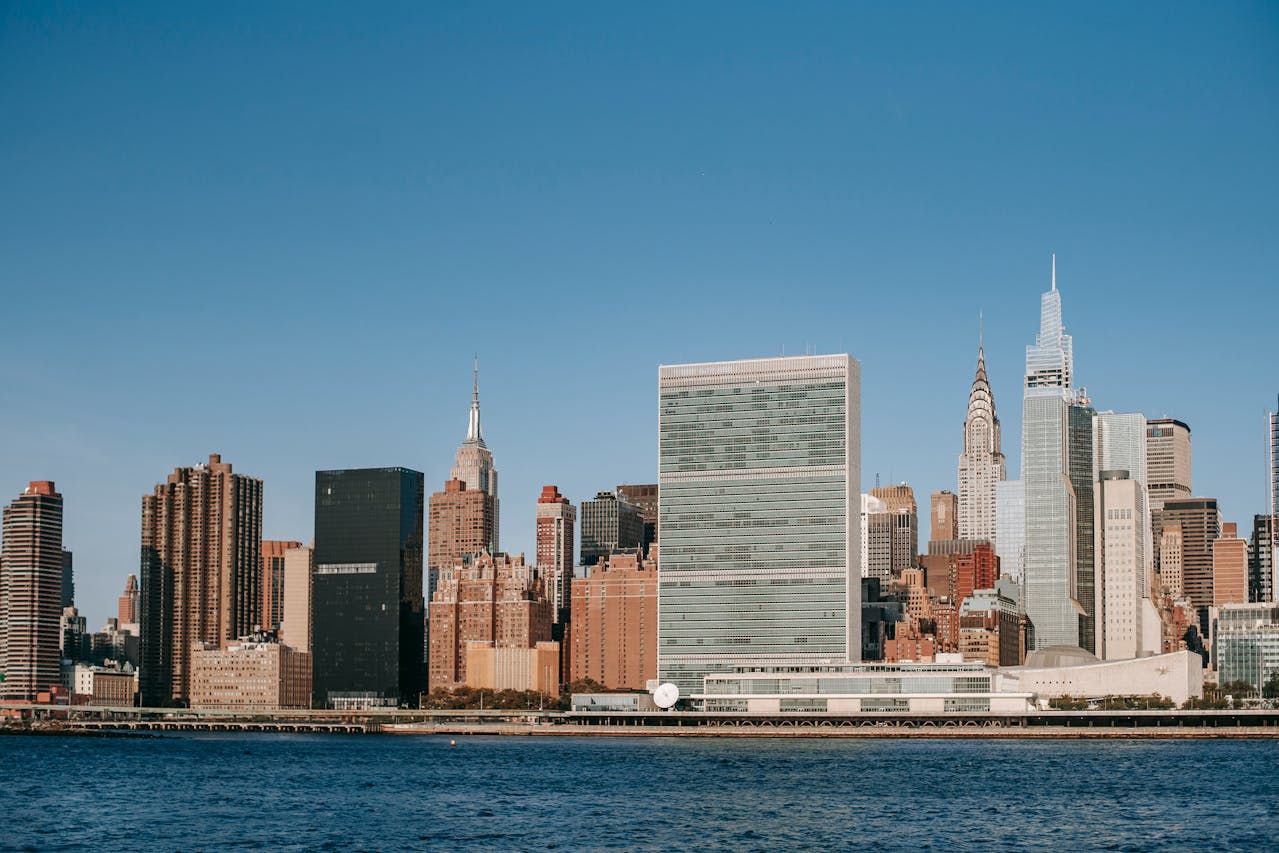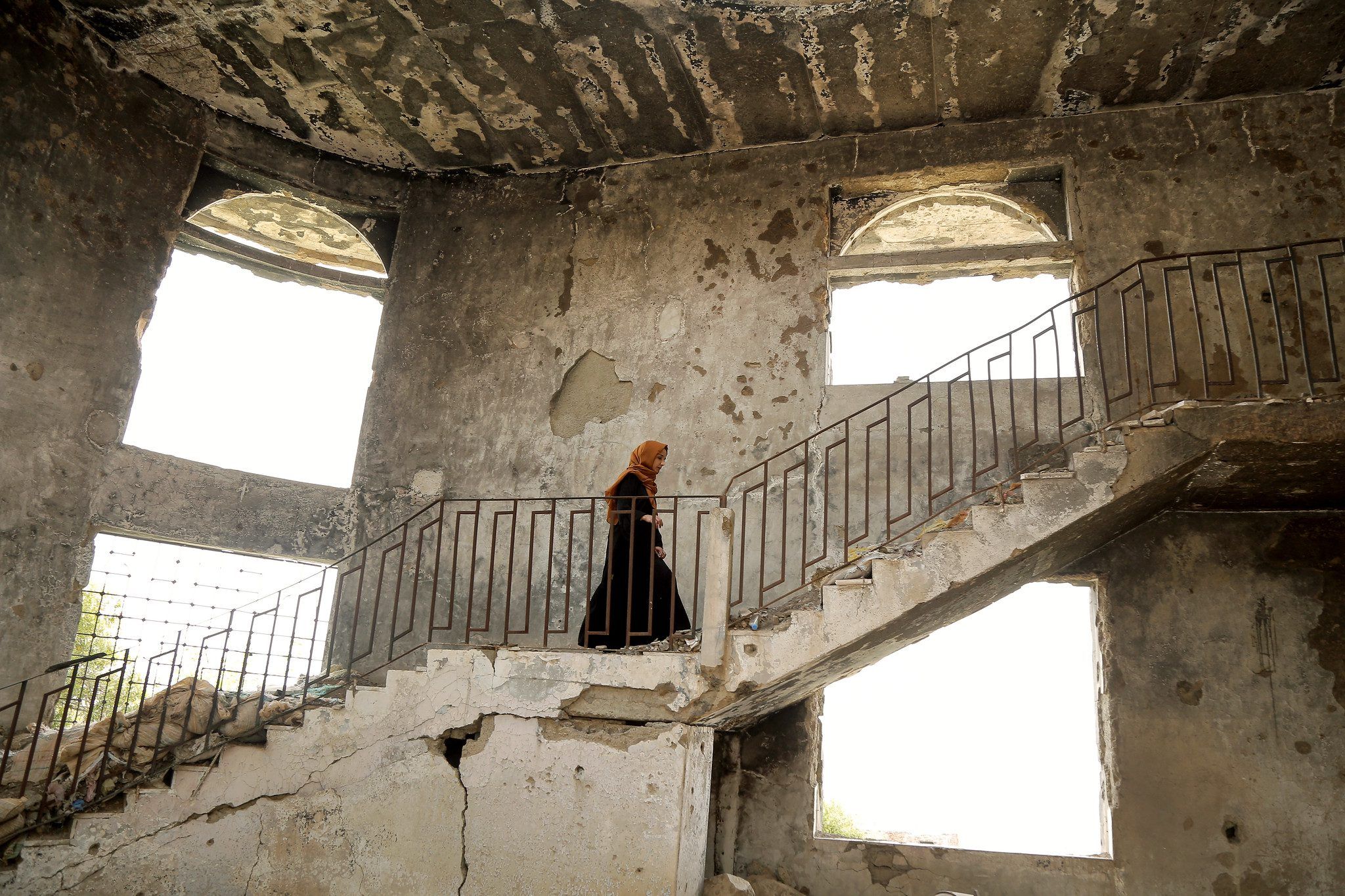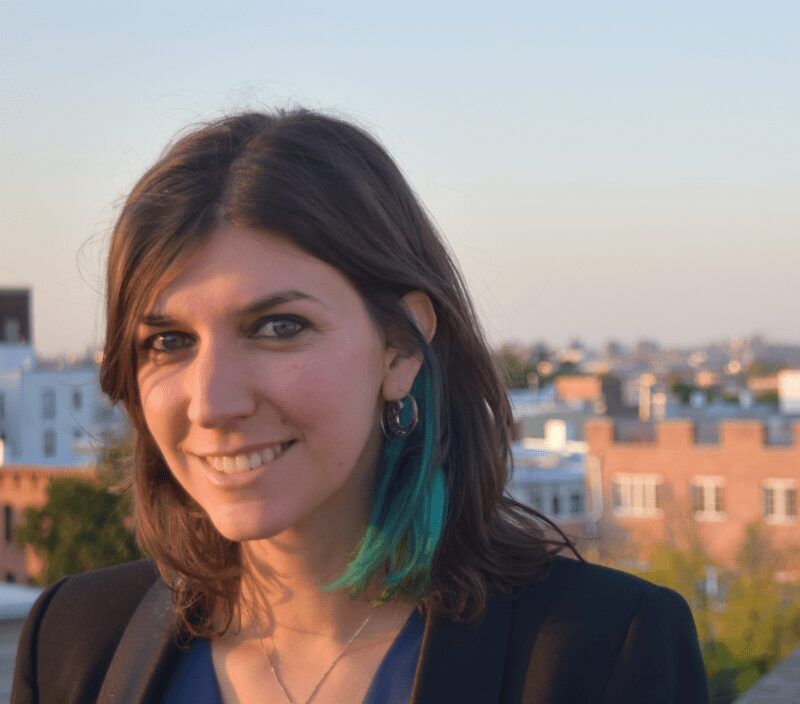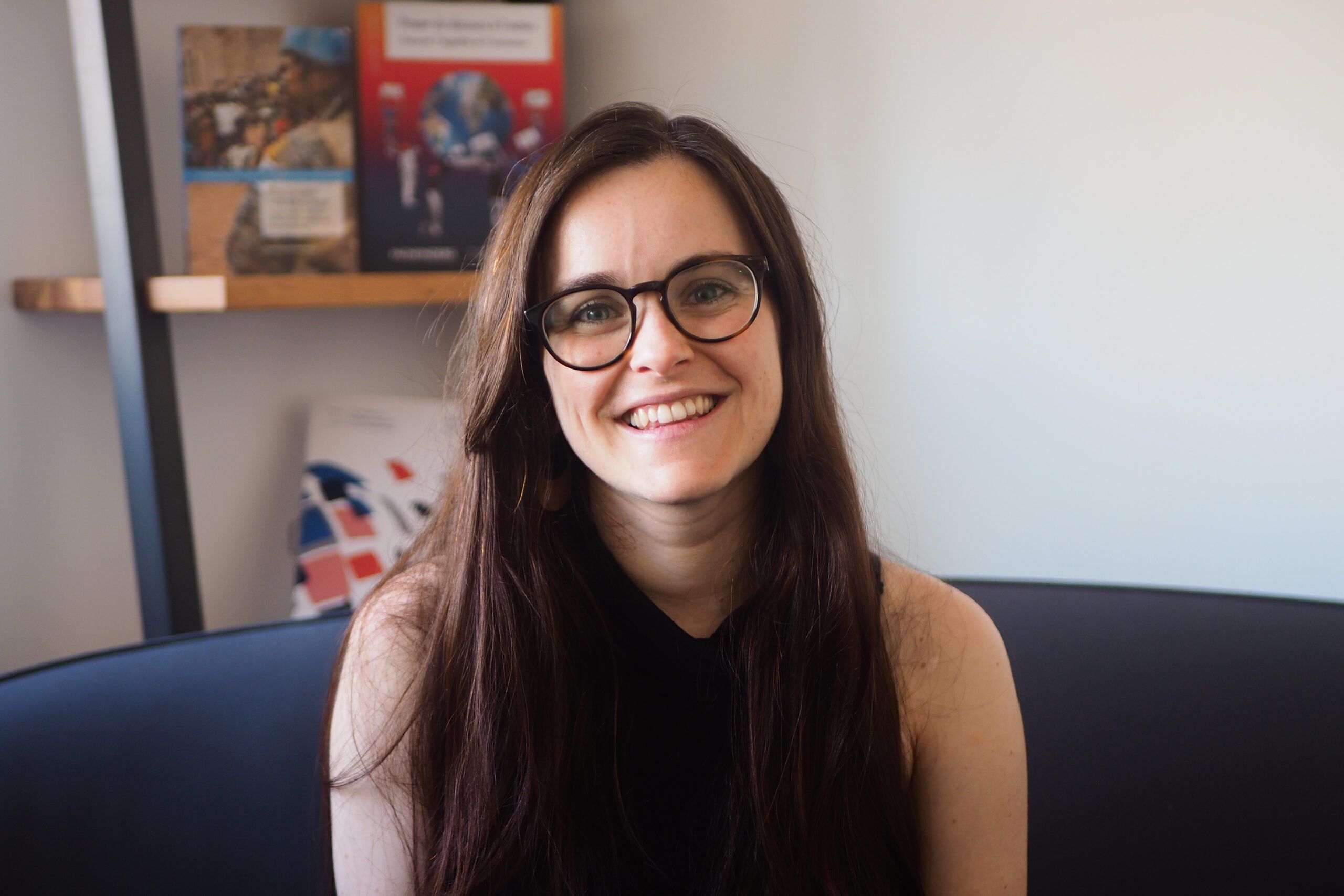

Where Are the Women? Feminist Financing for Peacebuilding and the Women, Peace, and Security Agenda
By Agnieszka Fal-Dutra Santos, independent expert and researcher on Women, Peace and Security and former Director of Programs at the Global Network of Women Peacebuilders
Women’s critical roles in preventing violence, resolving conflicts, and building sustainable peace—recognized in the United Nations Security Council Resolution (UNSC) Resolution 1325 on Women, Peace and Security (WPS)—have been well-documented. From leading disarmament campaigns, through building popular support for peace agreements, to setting up livelihood programs to address root causes of conflict, women are at the forefront of sustaining peace. When wars erupt, women are also at the forefront of responding to them. They provide humanitarian assistance, document violations of human rights and international law, and create safe spaces for those fleeing the conflict. The war in Ukraine is a perfect illustration—albeit only one of many.
Women’s roles at the forefront of building and sustaining peace have been increasingly recognized by the international community—including through the adoption of ten UNSC resolutions on WPS and regular UNSC Open Debates on WPS, during which member states reiterate their commitment to ensuring “full, equal and meaningful participation of women in all stages of peace processes”—both formal and informal.
Yet this recognition has not translated into more or better funding for women peacebuilders. Women activists around the world identify financing as one of the key barriers to their peacebuilding work. Only 0.2 percent of bilateral aid in fragile and conflict-affected countries goes to women’s organizations. When funding is available, it is designed and provided in ways that make it difficult, if not impossible, for women—especially those working at the grassroots—to access it.
As the international community prepares for the High-level Meeting on Peacebuilding Financing this April, it is time to rethink global financing models to make sure they are more inclusive of women, gender, and a feminist perspective. The 2020 UN Peacebuilding Architecture Review provided a range of recommendations on how this can be done—most of which are reflected in CIC’s Peacebuilding Architecture Review Matrix. Below is a summary of some of these recommendations.
1. More financing for (diverse) women peacebuilders
UN secretary-general called for “multiplying by five, direct assistance to women’s organizations.” Yet, when funds are provided directly to national women’s organizations, they tend to go to larger, more established women’s organizations, leaving grassroots organizations and organizations led by historically marginalized groups behind. It is equally important to ensure that funding is available to diverse women, and that proactive efforts are taken to make it accessible to groups that face double marginalization—such as Indigenous and ethnic minority women, women with disabilities, young women, and the lesbian, gay, bisexual, transgender, queer, and intersex community. These groups may face additional barriers to funding due to language and other access barriers, and the fact that their groups and organizations may not be formally registered.
Additionally, it is critical to ensure that the funding provided to women’s organizations is flexible and allows for organizational strengthening, networking, and movement-building. These are all key prerequisites of women’s meaningful participation in peacebuilding and peace processes. Yet most funding available to women peacebuilders is short-term and project-focused, not allowing for more transformative approaches. Funding is also rarely provided for women’s and feminist networks—investing in those is necessary for truly inclusive and effective peacebuilding. As a report prepared by the Global Network of Women Peacebuilders (GNWP) and UN Women, with support from the government of Ireland, notes, donors must make available “dedicated funding and technical assistance for improving coordination among civil society, establishing and strengthening women’s networks and movements, and documentation and dissemination of the impacts of the work of local women peacebuilders.”
Finally, donors must recognize that women’s peacebuilding work often puts them at grave risk. As such, rapidly available funding must be made available to support women peacebuilders’ protection and “self-protection initiatives, including through (i) rapid funds and coordination to respond to women peacebuilders and humanitarian actors facing risks and safely relocate; (ii) supporting civil society-led monitoring and information-sharing on threats and risks, (iii) provision of legal and psychosocial services” (Vienna declaration, cited in the Peacebuilding Architecture Review Matrix).
One concrete way to do this—identified in a background paper for the High-level Meeting on Peacebuilding Financing developed by GNWP, Global Partnership for the Prevention of Armed Conflict, International Civil Society Action Network, Kvinna till Kvinna, Madre, and Women’s International League for Peace and Freedom, is to include a flexible contingency line of no less than 2 percent of the total project budget in all peacebuilding program budgets.
2. More gender-responsive financing for peacebuilding
In addition to providing more (and better) funding to diverse women peacebuilders, it is also critical to ensure that peacebuilding funding includes a strong gender perspective—regardless of who it is granted to.
On the one hand, UN agencies should reach and exceed the UN secretary-general’s target of allocating a minimum of 15 percent of peacebuilding funding to gender equality. In fact, all donors should aim for 100 percent of peacebuilding funds to include gender as a primary or mainstreamed objective.
On the other hand, national policies that mainstream gender equality into peace and security must be adequately funded. This is true in particular of National Action Plans (NAPs) on WPS. Too often, these important policy documents lack a dedicated budget, and—as a result—are unfunded and unimplemented. The GNWP and UN Women report includes several recommendations that call for national and local governments to not only adopt but also fund NAPs and Local Action Plans, and prioritize funding for gender equality and WPS in their national budgeting processes.
3. More feminist financing for sustainable peace
Finally, to adequately respond to the complex challenges of today’s world, financing for peacebuilding must also be made more feminist. In addition to making funding inclusive and more attuned to gender dynamics, it also means channeling funds towards transformative approaches that recognize that peace is more than an absence of war. These examples include:
- Reducing military expenditure and increasing investment in local peacebuilding and nonviolent approaches
- Providing “sustained resourcing for preventative and peacebuilding action” that address root causes of conflict and continue to promote a culture of peace long after a conflict has ended
The role of the High-level Meeting
The High-level Meeting on Peacebuilding Financing provides an opportunity to fundamentally rethink the way financing for peacebuilding is organized and disbursed. To do so, it is necessary that member states commit to putting women, gender, and feminism at the center, and move from commitments—made under the WPS resolutions—to action.
Photo: Ola al-Aghbary, activist and Yemeni community entrepreneur. She played an instrumental role in the negotiation efforts to reopen roads and create a humanitarian corridor to the war-torn city of Taiz. (UN Photo/Heba Naji)
More Resources
-

-

As Prevention Gains Momentum with UN Member States, What's Next?
-
Stay Connected
Subscribe to our newsletter and receive regular updates on our latest events, analysis, and resources.
"*" indicates required fields


